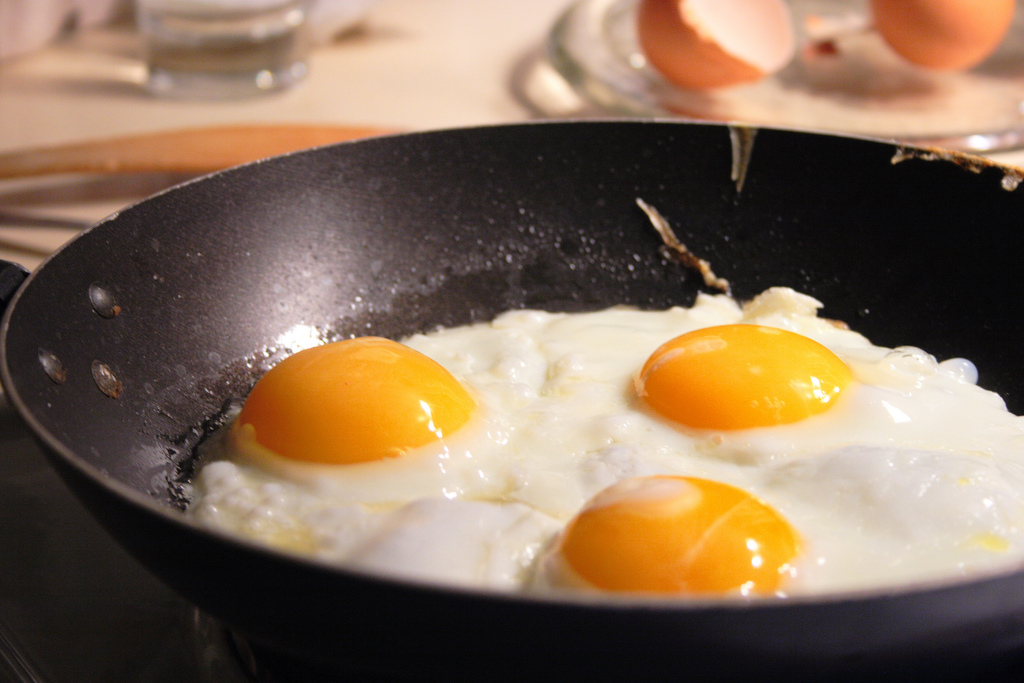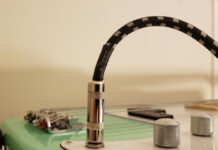
The best nonstick cookware is safe and will keep your garlic chicken from sticking to the bottom of the pot or pan.
But there are so many options for materials and metals, coatings, and pieces — stainless steel, PFOA, anodized aluminum, copper, titanium, Teflon.
We’re here to help and provide a compilation of reviews of the best nonstick cookware.
We have provided you with a list of what’s in our kitchens.
Find ratings, reviews, and photos on Amazon. Huge discounts available on cookware sets.
Guide to buying the best nonstick cookware in 2023
Choosing nonstick cookware can be confusing. There are so many available, but how do you know which nonstick cookware to choose?
There are several things to look for when you are going to buy nonstick cookware. Knowing what to look for will allow you to purchase the best nonstick cookware that will last for many years.
- Make sure the pots and pans are made with quality materials
- Check the handles to make sure they are secure
- Don’t waste your money on cheap cooking sets
- Look for a name you know and can trust
- Dishwasher safe: Because nobody likes doing dishes!
- Make sure it’s heavy
- Check to see if it’s been tested
With these handy tips in mind finding a quality nonstick pots and pans can be found, but let’s also look at a few buying pointers in detail.
Find discounted prices on the best nonstick cookware at Amazon.com.
Non stick finishes
Find a non-stick cookware with a material that protects against sticking and not a chemical coating that ends up with the food. Look for cookware sets that are safe from Teflon (this is a trademark) or PTFE (polymerization of tetrafluoroethylene), and PFOA.
Your non-stick retinue shouldn’t be without an enameled cast iron, pre-seasoned cast iron, carbon steel wok, mineral B element cast iron (combination wok and cast iron), and other cookware made from inert materials.
The U.S. Environmental Protection Agency (EPA) has definitively classified PFOA – a chemical substance used to glue the non-stick coating to the pan – as a possible carcinogen. Thus, along with several prominent American companies, it is relentlessly at work with respect to eliminating PFOA by the end of 2015.
Yet, it needs stressing that fumes being released from overheated non-stick cookware are no less toxic than PFOA.
Metals, metals, metals: Which one do I want?
Learn about the metal base or the material used for the cookware.
Just because the cooking vessels do not have the toxic non-stick material does not mean that it does not leach harmful substances at high temperature. The cooking material must be made of inert substance, a good conductor of heat, easy to clean, and look pretty on the cooktop. Here’s a brief description of each of the different materials.
Aluminum – on the good side, it is inexpensive, lightweight, easy to clean, and an excellent heat conductor.
Negatively though, a few aluminum may dissipate into food as you cook acidic chows containing vinegar, like fruits. Moreover, the longer it is used, aluminum cookware can be a likely source of trace amounts of harmful substances that have set in through time.
A safer and more practical alternative would be to use anodized aluminum cookware. It contains an electro-chemical anodizing process that fixes in place the cookware’s aluminum, and prevents it from leaching into your meal.
Porcelain-enamel coated – go for quality-made aluminum or stainless steel cookware coated with porcelain-enamel. They have a durable surface and an extremely hard finish melded to the metal that could withstand rusting, peeling, and scratching.
Ironware – seasoned cast iron sets are quite heavy and prone to rusting.
Proper cleaning should be observed to prevent your set from rusting easily. Try scrubbing it with coarse table salt thoroughly – it totally absorbs greasy substances and acts as an abrasive cleanser – and marvel at the resulting cleanness.
Ironware is energy-saving, as well, because it still retains heat even after the cooking unit has been turned off. Albeit cast iron pieces release iron into the food, it is one of the rare occurrences where the iron interacts with food to provide some needed nutritional iron in to our body.
Stainless Steel – it is made of alloy and incredibly resistant to rust, pitting, and corrosion; it’s fairly inert compared to other metals; but the metals, which include aluminum, nickel, titanium, and carbon steel, can be released into food in very low quantities.
While these quantities may not seem lethal or threatening to the ordinary person, they may have an undermining effect over those with intense sensitivities.
Copper – it’s a costly metal but excellent at conducting, distributing, and retaining heat. Scientifically, it’s well established that copper is both a mineral that is vital to good health, and a toxic heavy metal that could have adverse and debilitating effects on humans.
A study showed that at room temperature, copper pots pose a much lower risk of infection from toxic bacteria like E. coli 0157 than stainless steel; in copper pots, E. coli lasted only four hours, while it survived for thirty four (34) days on stainless steel – a whale of difference to think about.
Ceramic and Glass – they are finely glazed to resist wear and corrosion, so their smooth surface is a breeze to clean, but don’t use extremely abrasive scouring pads or cleaners. The downside of using ceramic cookware comes from the elements used in the making, glazing or decorating, like lead, cadmium, or pigments.
How many pieces do I need?
Familiarize with the different pots and pans and their functions, and decide which ones match your cooking needs.
Find the best prices on different nonstick skillets, saucepans, and stockpots on Amazon.
The truth is, more often than not, you don’t need the whole lot. Before deciding to buy, think over a few things.
You don’t need the cookware company to tell you what you need, because you already know that. The key is to know your cooking style, needs and preferences. That will tell you which non-stick pots, pan, utensils, and other cookware that must find their place in your kitchen.
Click to find the discounted top rated cookware sets on Amazon in 2023.
Originally posted 2022-04-02 13:36:28.


